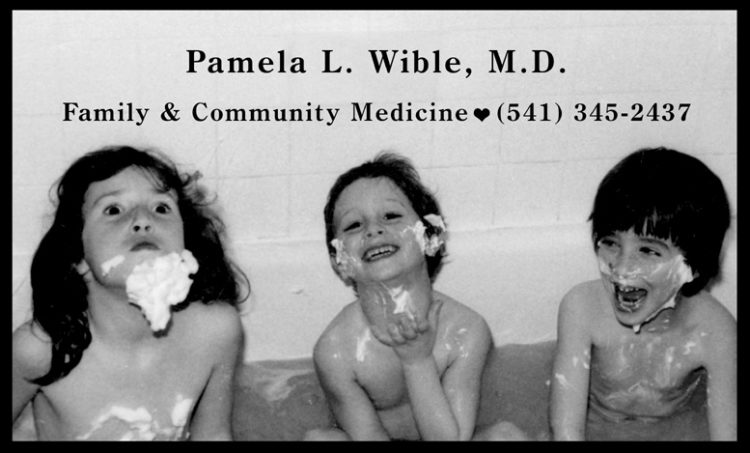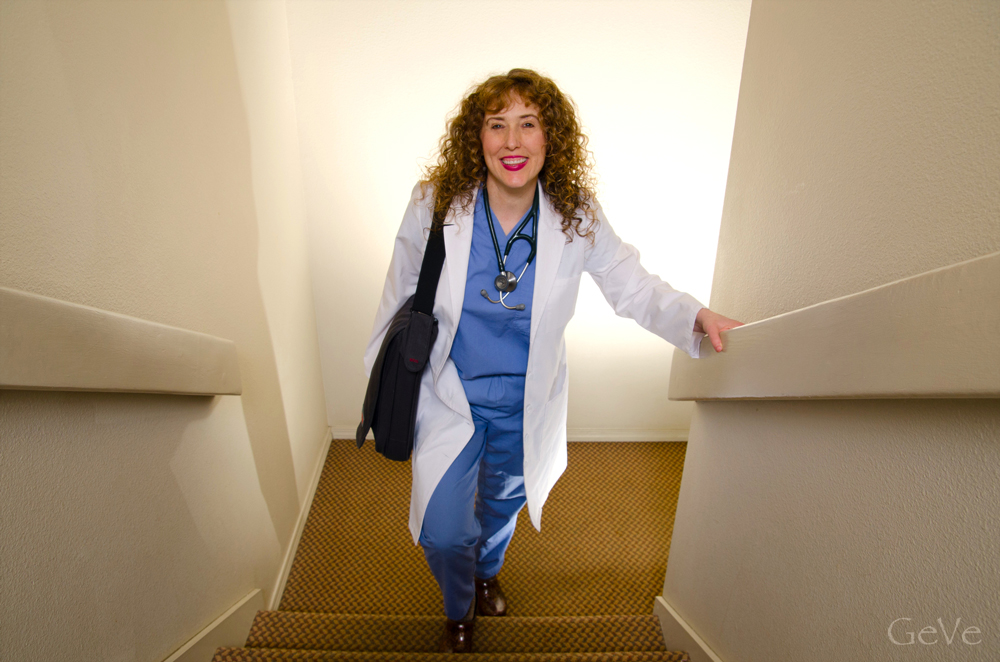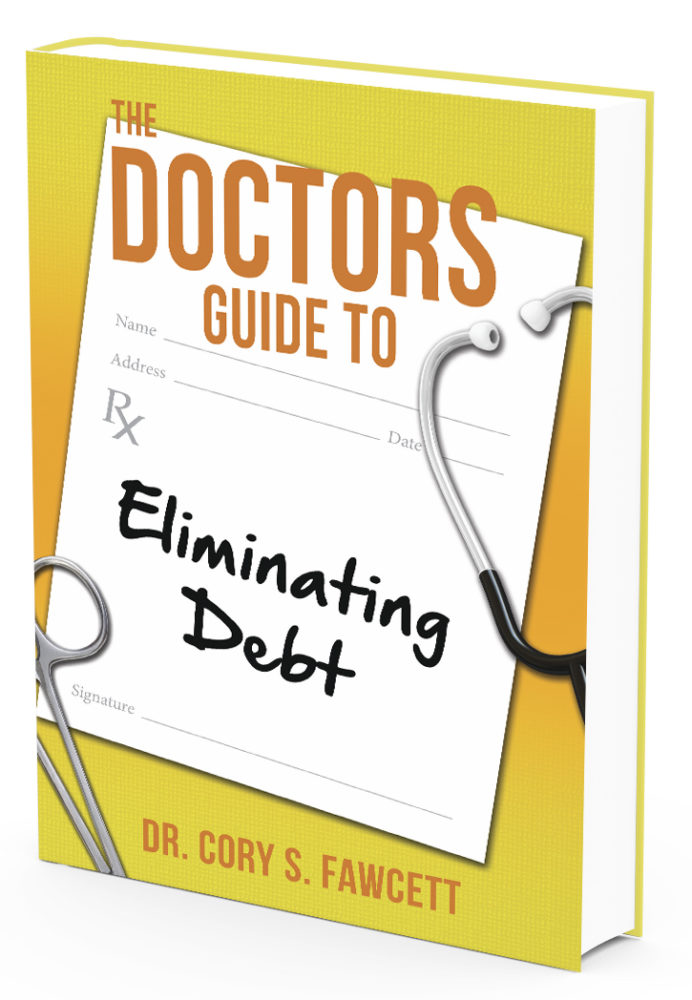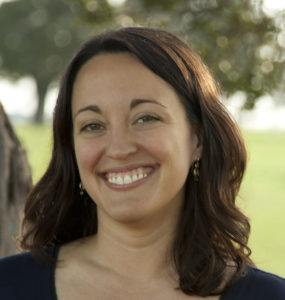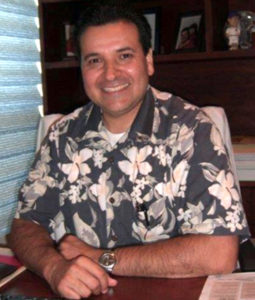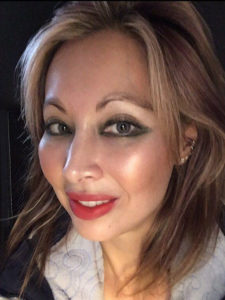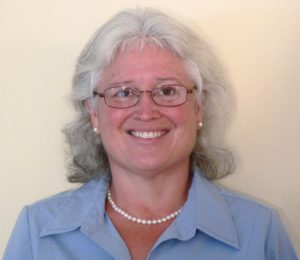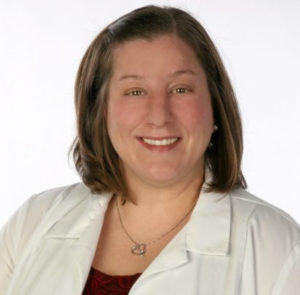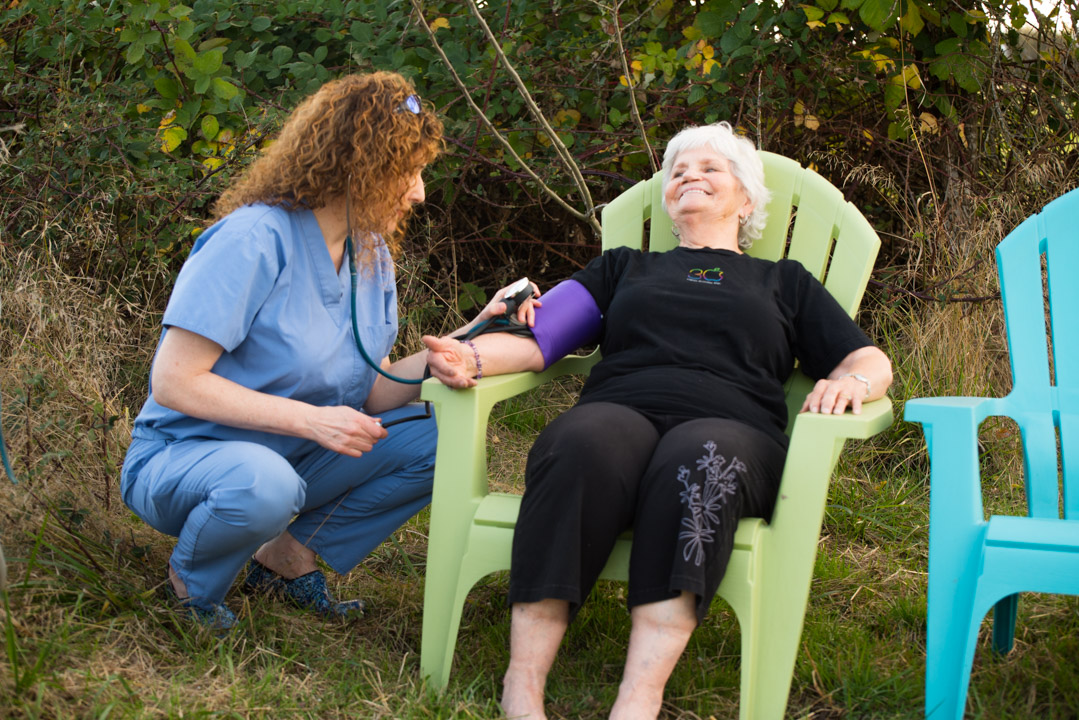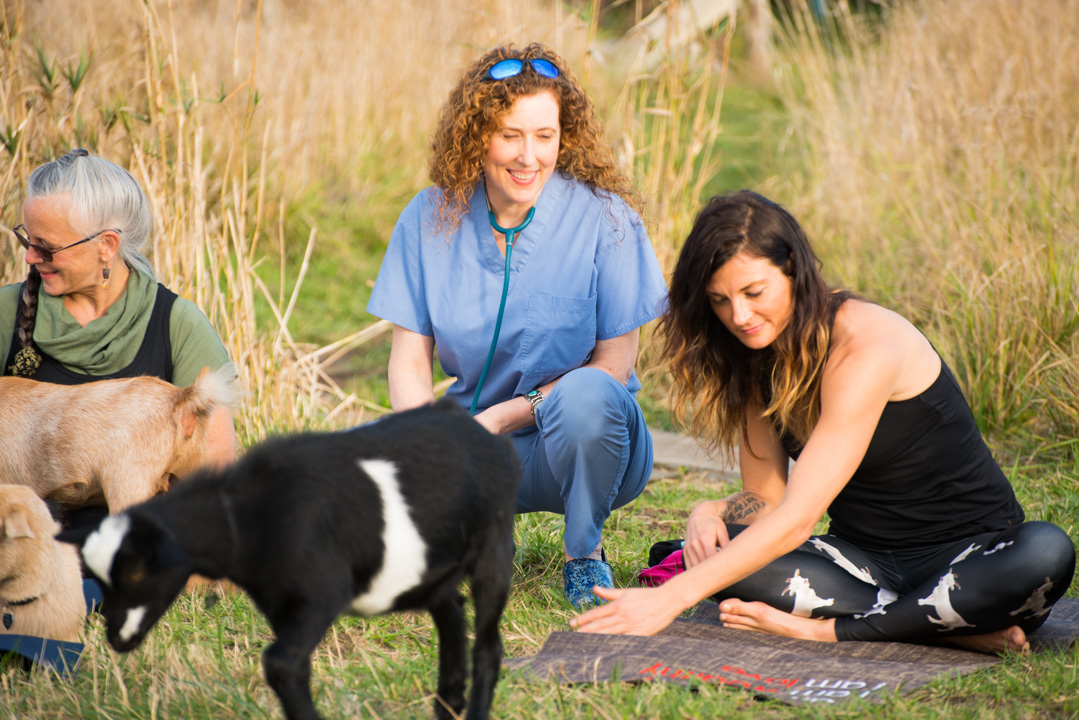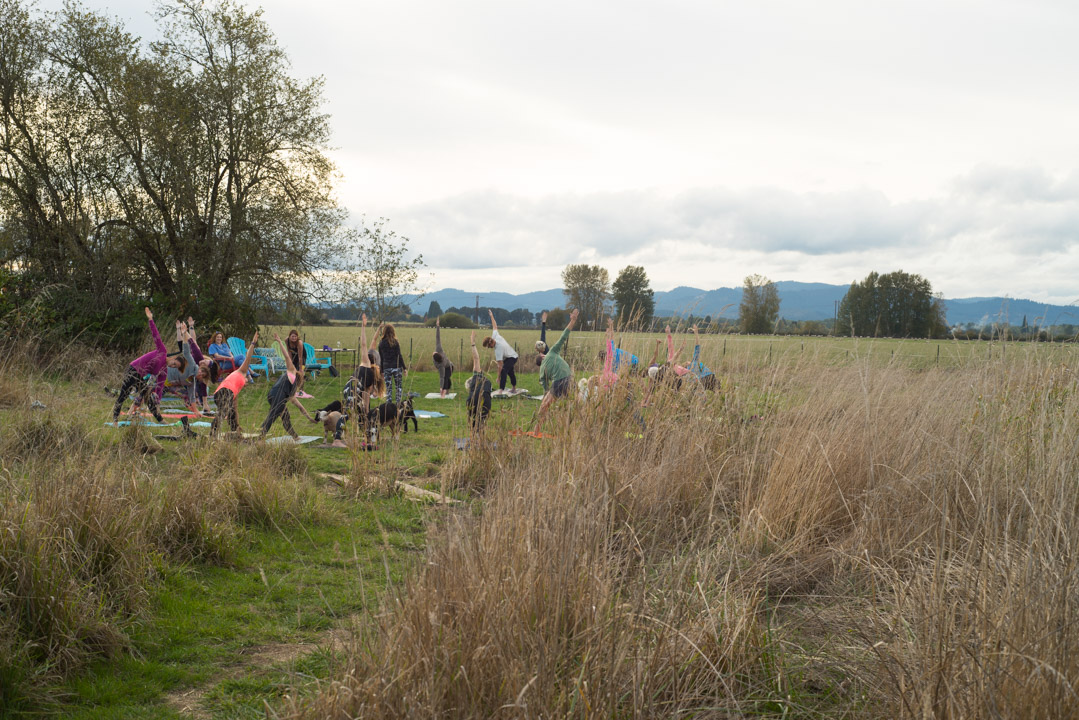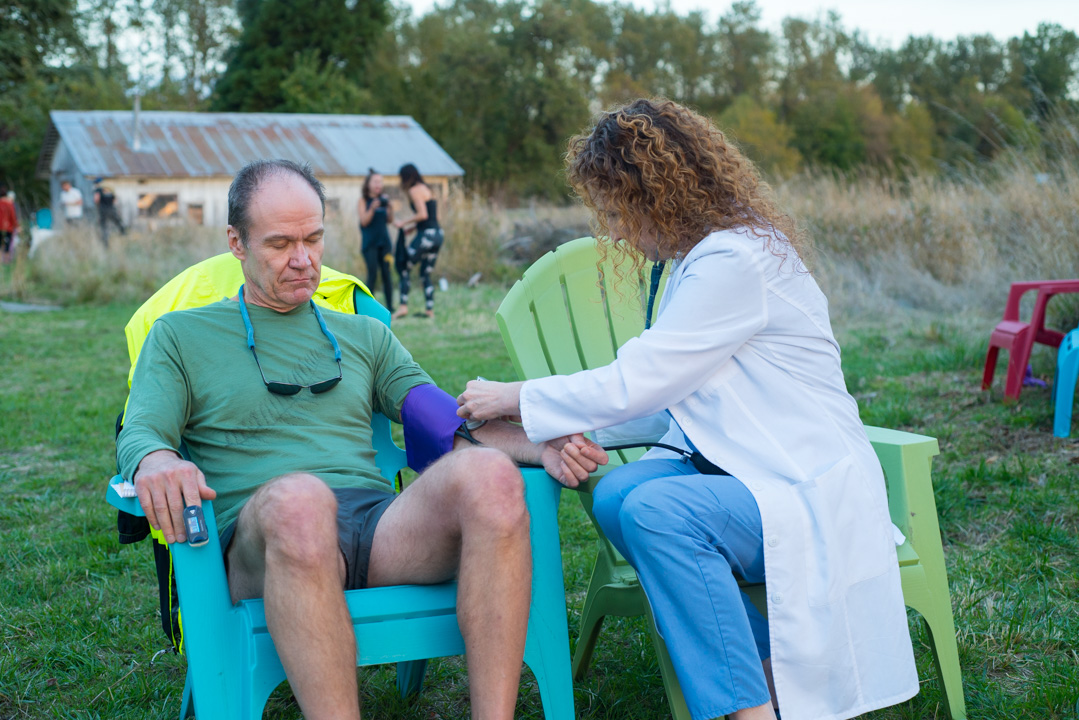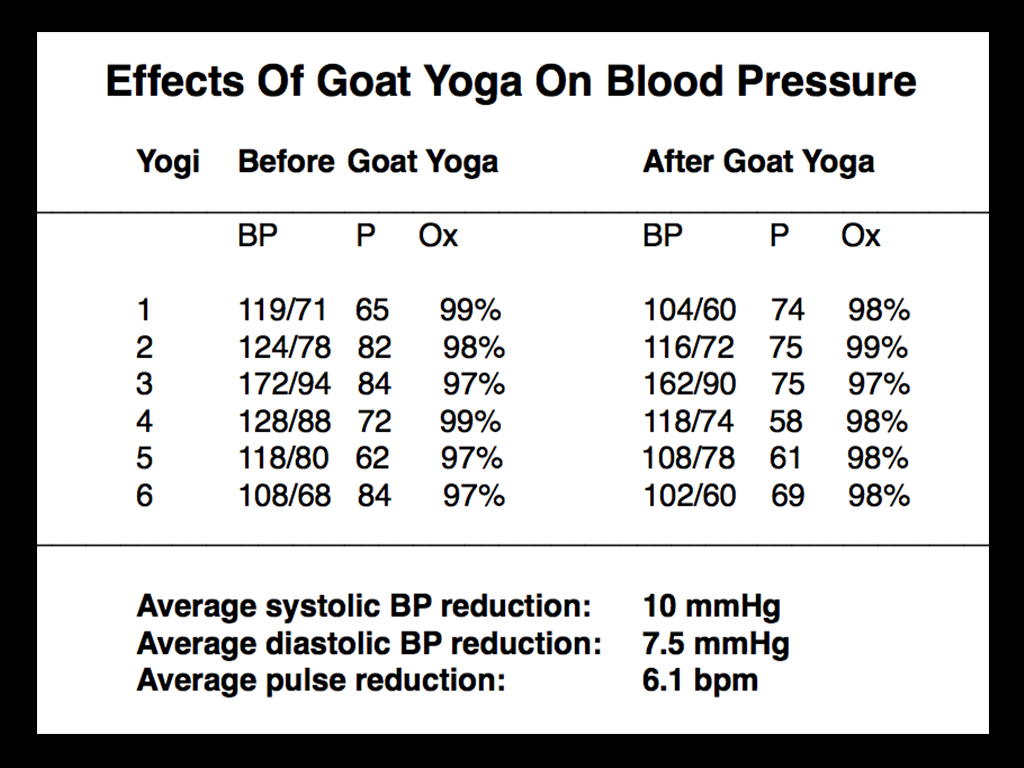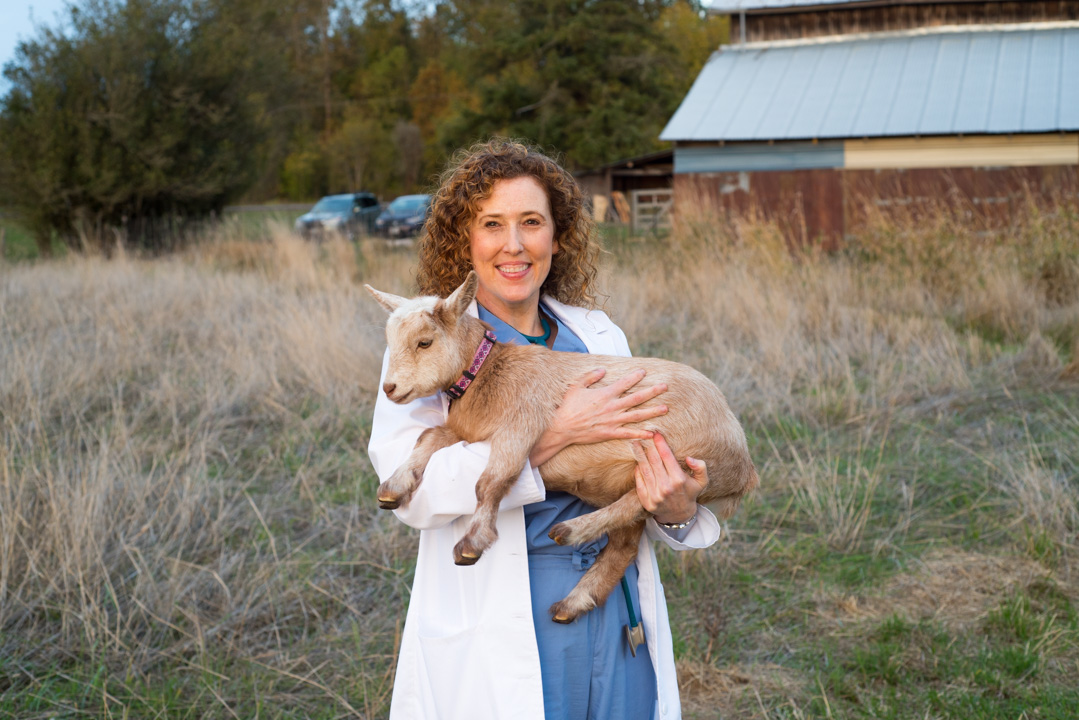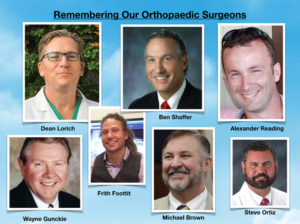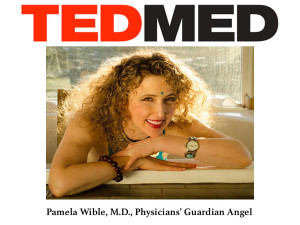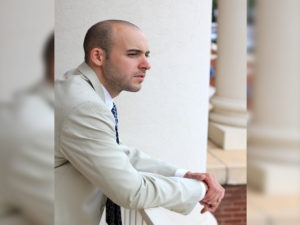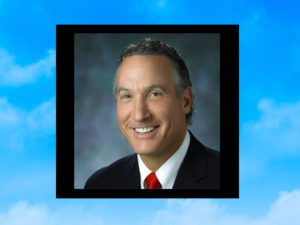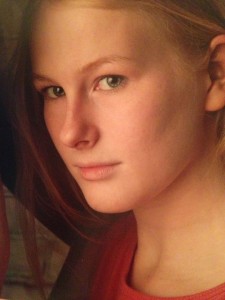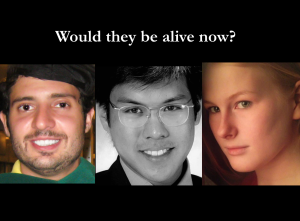
Need help getting patients? Medical marketing is my specialty. In 2005, I pioneered the first ideal clinic designed entirely by patients. Six months later, my waiting list was out of control—nearly twice my number of patients. I gave the list to a new doc in town and I’ve been helping folks launch successful clinics ever since. Here are 47 of my best 147 marketing strategies. In no particular order. Most are free/low-cost.
Download all 147 marketing strategies here.
1. Word Of Mouth – Keep people talking. It’s the #1 strategy to build your practice. Everyone loves to share the latest and greatest thing in town. Are you giving people something amazing to talk about? If not, why aren’t you?
2. Testimonials – Every happy patient should be offered an opportunity to leave a testimonial, either written or video. Place these on your website, social media, newsletters, billboards, wherever—with proper consent, of course.
3. Social Media – Your patients (especially the younger gen) are all over social media. Are you? You need to be where your patients are hanging out so you can capture their attention with the super-cool stuff you’re doing.
4. Facebook Page – Start a personal and professional Facebook page. Your personal page can remain more private if you like; however, your professional page may have unlimited fans. Here’s mine. You can do it too.
5. Facebook Group – You can also create a Facebook Group in a disease-specific category to attract your patients. Serve people from beyond the borders of your town. Get known for your specialty and services.
6. Blogging – I started my blog in 2011 with no idea what I was doing. Now my blogs have been picked up by The Washington Post and TIME Magazine. One became Medscape’s most-commented article ever. Don’t underestimate the power of blogging to share your unique message with the world.
7. Op-eds – I’m amazed at how many people still read the local print newspaper. One day, I was in line at the post office behind 3 women (I had never met) who were discussing my op-ed. Then I was the invited speaker for a coastal Oregon City Club. I couldn’t believe the line of folks with walkers and canes who wanted to meet me because they’d been reading my op-eds! Great way to reach the older demographic.
8. Town Hall Meetings – This is my all-time-favorite method to reach patients. I led 9 town hall meetings over a 6-week period where I invited my community to design their ideal clinic. I collected 100 pages of testimony, adopted 90% of their feedback, and opened our ideal clinic one month later with no outside funding. (Note: I never did this for marketing purposes, yet 1/3 of attendees became my patients).
9. Website – Most clinics have a website (except for a psychiatrist friend of mine who is so popular she’s afraid to launch a site). Ha! You can always take your site down if you don’t want to be found.
10. Chat Rooms – Are you an expert in fibromyalgia? Go hang out in some online chats and promote your expertise (in a friendly & non-salesy way). Get to know what patients are saying when you’re not around.
11. Newspaper Column – Once you start writing for your local paper (see #7), editors may want you to do a regular health column. Or maybe staff writers will cover you in one of their health columns. Depends on the newspaper.
12. Newspaper Article – Your local newspaper may even offer do a special feature on your clinic! If you’re doing something truly unique you’ll have a much greater chance of being a story. So what are you doing that’s noteworthy?
13. Radio Interviews – Surprisingly, people still listen to the radio. Especially drive-time shows in congested areas like Los Angeles. I’ve done a few drive-time slots. They’re really fast-paced and fun.
14. TV Medical Correspondent – If you’re a real go-getter you could even get invited to deliver the health news on TV as their local doctor-turned-medical-correspondent. That could be a really cool gig. Your practice will fill fast.
15. Human Interest Story – If you’re doing something fun, intriguing, new-and-exciting, you may become a human interest story. My local TV station followed me on a housecall on my bicycle back in 1999 when I opened a clinic for the uninsured in my house. The local paper also did a similar story on my book, Pet Goats & Pap Smears.
16. Disease-Specific Groups – There are local, regional, national, and online disease-specific groups. If your specialty is cluster headaches, I can guarantee you’ll have a gazillion opportunities to connect with people who need you. Desperate patients (even poor people) have begged to fly to Oregon for me to be their doctor. When people find a doc who can truly help them, they’ll travel to the ends of the Earth to get to you.
17. Pharmacists – Go meet all the pharmacists within a 5-mile radius of your clinic. They hear from patients all the time who dislike the service, care, and prescriptions that they’re taking. Get pharmacist referrals.
18. Urgent Care – Meet the folks at the local urgent care(s). They need docs to follow-up with their patients.
19. Emergency Department – Get to know triage nurses, ED docs & staff. They’d love to make sure patients have timely follow-up.
20. Health Professionals – Everyone needs somewhere to refer patients. Network with chiropractors, dentists, naturopaths, massage therapists, psychologists, dietitians, and anyone else who you happen to run into.
21. Overworked Physicians – Offer to help with the load. Docs who are working assembly-line medicine jobs at big-box clinics may appreciate handing you their complex chronic fatigue patients who cause them to run an hour late.
22. Library Talk – Go give a talk at the library. Works even better if you’ve written a book that they can carry on the shelf.
23. Business Cards – Don’t make boring business cards. To attract patients, your cards should be exciting & fun—something they’d want to show others. Be original. If you love what you do, your business card should exude joy. Boring card = boring doctor.
24. Brochure Display – While you are making your super-fun business cards, you can make a great brochure. Get a little plastic display thingy from an office supply store. Offers these to people you meet (like say #17 -21 for starters)
25. Wrap Your Car – I almost did this. Though expensive, it’s so fun. People will see you coming that’s for sure.
26. TV Interview – Breaking medical news? Trending health story? Offer to be interviewed about the flu, norovirus, etc . . .
27. Regional Newspapers – If you are providing a specialized niche service that could draw people outside of your local area then get into the regional papers. Especially if you want the older crowd (who love to see docs frequently).
28. Church Newsletters – Get your your message in every organization newsletter than targets your ideal patient demographic.
29. Sponsor Local Events – Softball teams, local parade (ride on a float), city celebrations, Christmas toy drive. They’ll print your name/clinic everywhere and even read your name aloud at events, on news, etc . . .
30. National Print Media – See #6 for what can happen with your blog articles.
31. YouTube Channel – Start posting videos on your own YouTube Channel and get noticed all over the world.
32. National Broadcast Media – One of my YouTube video stories was picked up by 12,000 media outlets. Diane Sawyer even shared it on ABC World News. My exact words and graphics too! Ya never know where you might go.
33. Door-To-Door – One guy wanted to open his practice in an oversaturated market. They told him he’d never make it. Well, he went door-to-door marketing to 12,500 homes & introduced himself to 6,500 people in 6 months. First month open he netted 72K. Ignore naysayers. Believe in yourself. Start knocking on doors.
34. Hijack Social Events – I learned this technique from a physician in my course who told me she applies my Town Hall Medicine strategy (#8) to all social events (dinner parties, hikes with friends, whatever). Brilliant!
35. Patient Referrals – ALWAYS ask patients for referrals. Especially when they’re thrilled after giving a testimonial (#2).
36. Clinic Party – Host a seasonal party. Happy Spring! Opening Day! Invite patients. Have them bring friends & neighbors. In my clinic, we even had a Pap party! (see marketing strategy #75).

An actual Pap party in my office. Is there a way you could make physicals fun? Wear a party hat maybe?
37. Patient Appreciation Day – On random Fridays, I give patients chocolates and mylar balloons (they float for 30 days). So throughout the next month patients keep talking about their cool doctor.
38. Networking – Like with every single person you meet from the gal at the shoe store to the guy at the auto parts shop.
39. Insurance Companies – Be a “preferred provider” in-network doc and you’ll be in the insurance company booklets.
40. Local Businesses – Let local companies know that you are happy to be available to help their crew with medical needs. Sometimes the employer will just pay you directly for a portion of employee health costs.
41. Email Marketing – Make sure you gather patient email addresses. Send out a weekly newsletter or quick note about your latest blogs, articles, specials, referral coupons, holiday greeting. Keep in touch.
42. School Events – Be the school doc. Offer to do sports physicals. Ask school nurse for referrals. Speak in health class.
43. House Party – Throw a party in your house for friends. Best weight-loss recipes. Some fun topic. Pass out cards (#23).
44. Block Party – Organize a block party. Raise money for some health condition. Give a presentation. Get to know folks.
45. Neighborhood Associations – Speak at neighborhood association meetings and make sure they know you’re just down the street.
46. Packages – Offer new packages for patients. Weight loss programs. Diabetes reversal program. Get folks excited.
47. Patient Holiday Party – Since I have no staff, I hosted a winter pool party for patients (& guests) at the wellness center where I lease my office. Swimming in the salt-water solar-heated indoor pool. Live band (my patients). Food catered by my patients. I brought the “I love my doctor” cake. People brought neighbors & friends.
Whew! That’s the first 47. Want 100 more? Grab all 13 pages with instructions below.
Download all 147 marketing strategies here.
* * *
Pamela Wible, M.D. is a practicing physician in Oregon. She leads physician retreats to help doctors (and health professionals) launch their own ideal clinics. Need help? Contact Dr. Wible here.

